52 photography projects: a great technique to try every week of the year
Our pick of the perfect weekend photography projects
Long-term photography projects
46. The 365 project
A classic photo project - shoot a photo a day for a year. There are two paths to follow with this one. Either restrict yourself to a single frame (tip: shoot in raw so you can make adjustments later) or choose one photo from a series you manage to squeeze out each day. Can't face a photo-a-day project? Try a '52' project, and shoot one picture worth shooting each week.

47. Doorstep portraits
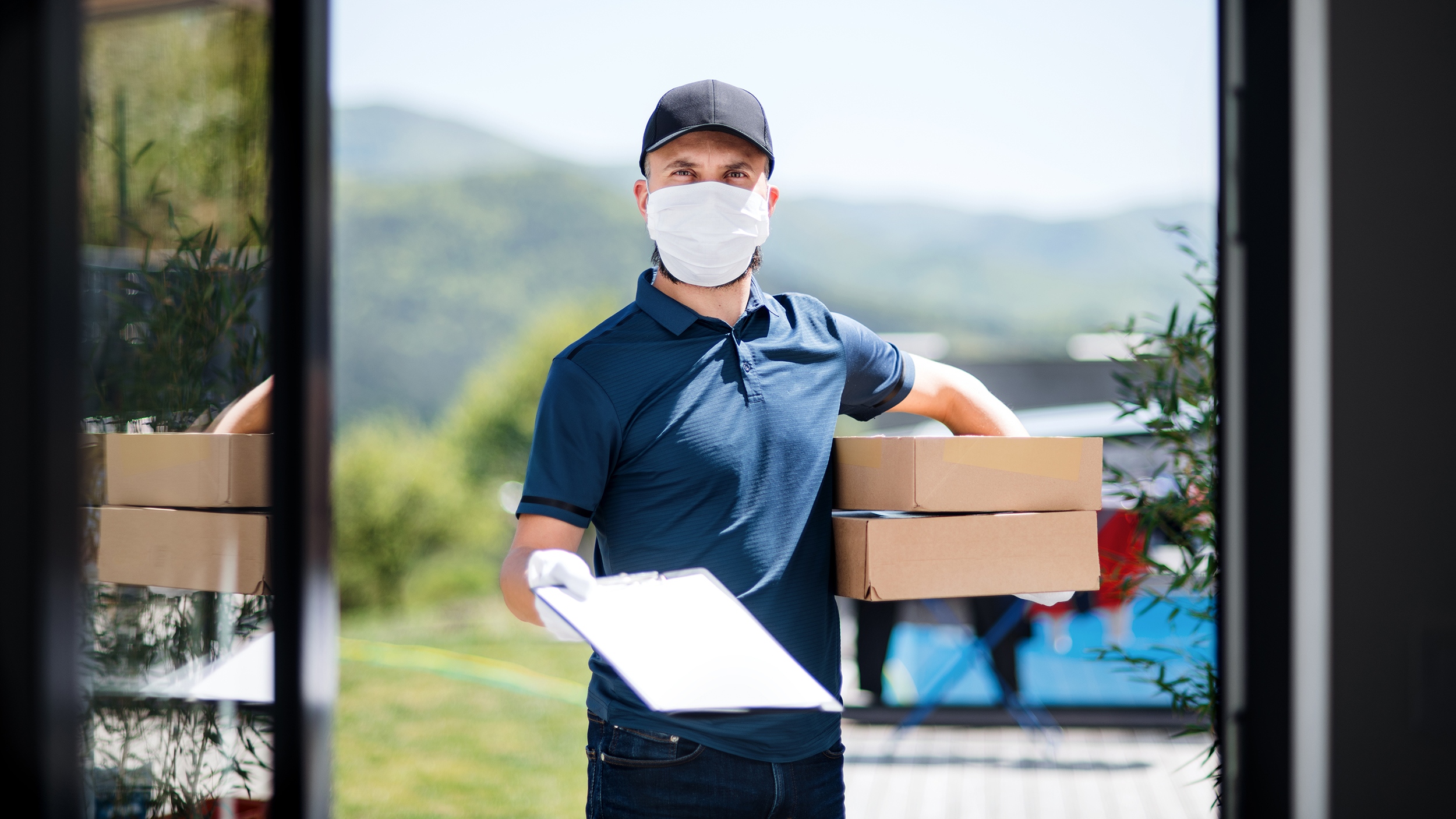
Shooting portraits of strangers is a sterling project for fledgling photographers. It helps to build confidence and quick thinking, while the diversity of subjects and scenarios can lead to all kinds of creative connections. And though stopping people in the street is less viable during these socially distant times, the idea is easy to adapt for a domestic setting.
Try doorstep portraits: ask permission first, of course, then shoot a profile of whoever’s at your door – from delivery drivers to visiting relatives. It offers a unique opportunity to photograph a range of subjects, while also capturing an interesting commentary on current events.
With a focal length of 35-50mm, start by playing around with framing. Shoot a straight headshot, then try a full-body portrait that’s framed by your doorway. As your subject is likely to be backlit, you can also experiment with different exposures and silhouetting, while tweaking the depth of field will allow you to include more or less of the world outside. Weather elements in the background, for example, might make for interesting variation.

48. The prime lens challenge

Prime lenses are a staple of many camera bags. Small and light, their wide maximum apertures allow you capture striking depth of field effects, while also unlocking excellent low-light performance. Plus their optical quality is often superior to zoomable barrels, producing sharper snaps with less distortion. But their fixed focal lengths also mean you need to be inventive when it comes to framing. Because you can’t zoom, you’ll either have to move yourself to change the composition, or get more inventive with what’s in your shot – both of which will force you to think outside the box. There are several variations of this challenge: you could start by taking 35 pictures in 35 days using only a 35mm lens – then do the equivalent with 50mm. Don’t own any prime glass? Good news: prime lenses are some of the most affordable.

49. Get creative with self-portraits
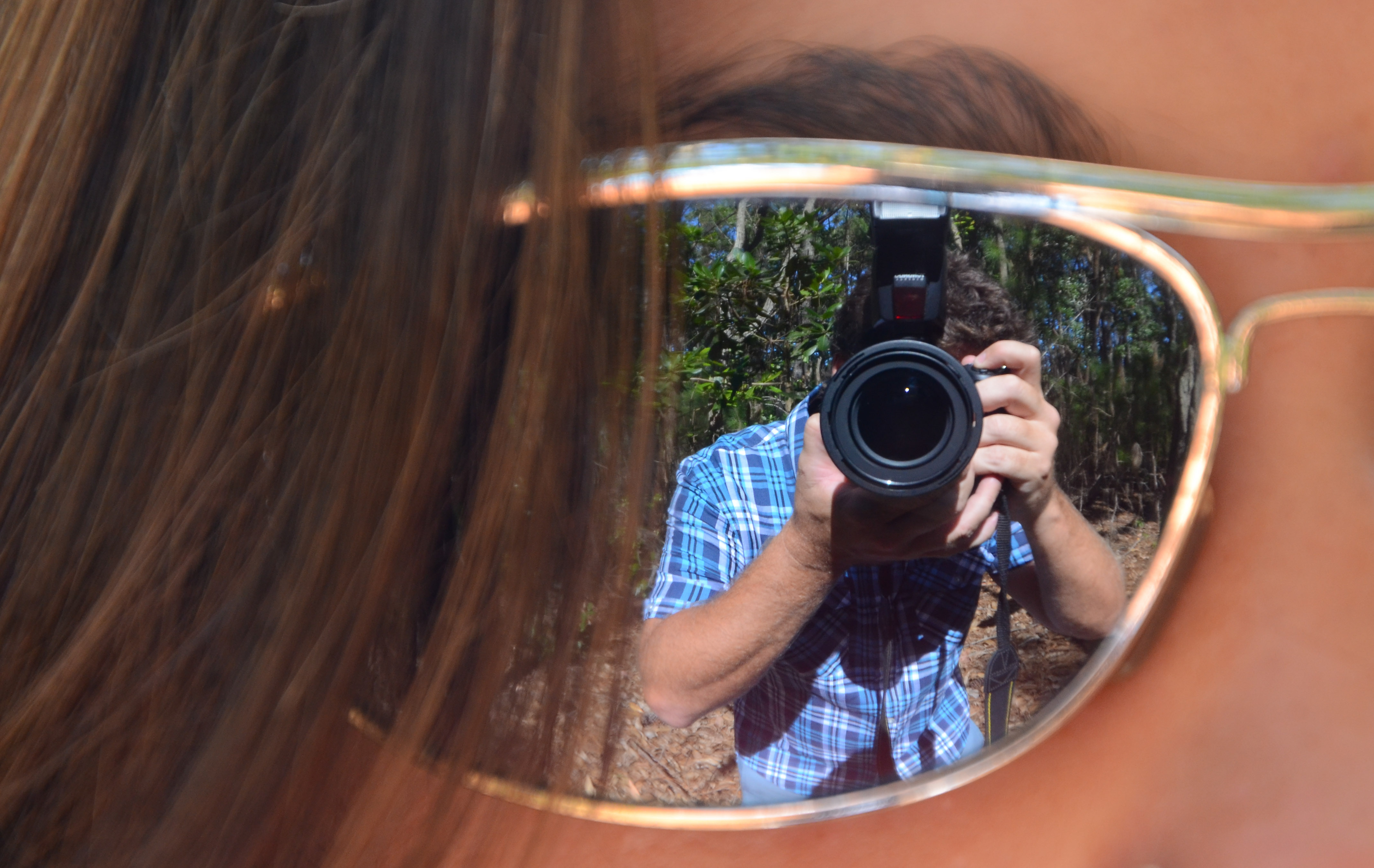
Self-portraits sound straightforward: position your camera on a tripod, set a self-timer and put yourself in the frame. But for many photographers, the idea of stepping in front of the lens is not a comfortable one. And even for those who don’t mind the limelight, composition can be quite a challenge when you make yourself the subject.
For all of these reasons, self-portraits are the perfect project to push you out of your comfort zone. If modeling gives you the shivers, explore more creative ways of including yourself in a scene. Try capturing your silhouette, a partial reflection or using objects to inventively hide your face. For inspiration, look at the work of Vivian Maier.
Get daily insight, inspiration and deals in your inbox
Sign up for breaking news, reviews, opinion, top tech deals, and more.

50. The world at your feet
At the same time every day, take a picture of what you see at your feet. Choose a time during the lunch hour, as this gives you a great excuse to head out and find a new location. Use a wide-angle lens and include your legs and feet in the frame.

51. Faceless portraits
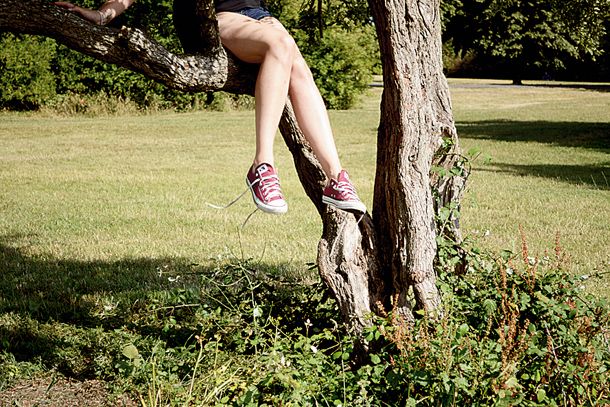
Take a portrait of a different person every week without including their face in the frame. How can you reveal aspects of their personality without the aid of eye contact and expression? Use the environment, the lighting, colours, props other parts of their body - particularly their hands - to reveal character instead.

52. Scavenger hunt
Ask someone to write down a list of 30 things on a set of cards – there should be a different, easily accessible subject on each one, while you write down 30 photographic treatments on another set (such as 'black and white', 'long exposure', '50mm' and 'zoom burst'). Pick a card at random from each pile and 'fulfil the brief'.

Finished those? Six bonus projects to keep you going
A month of mono
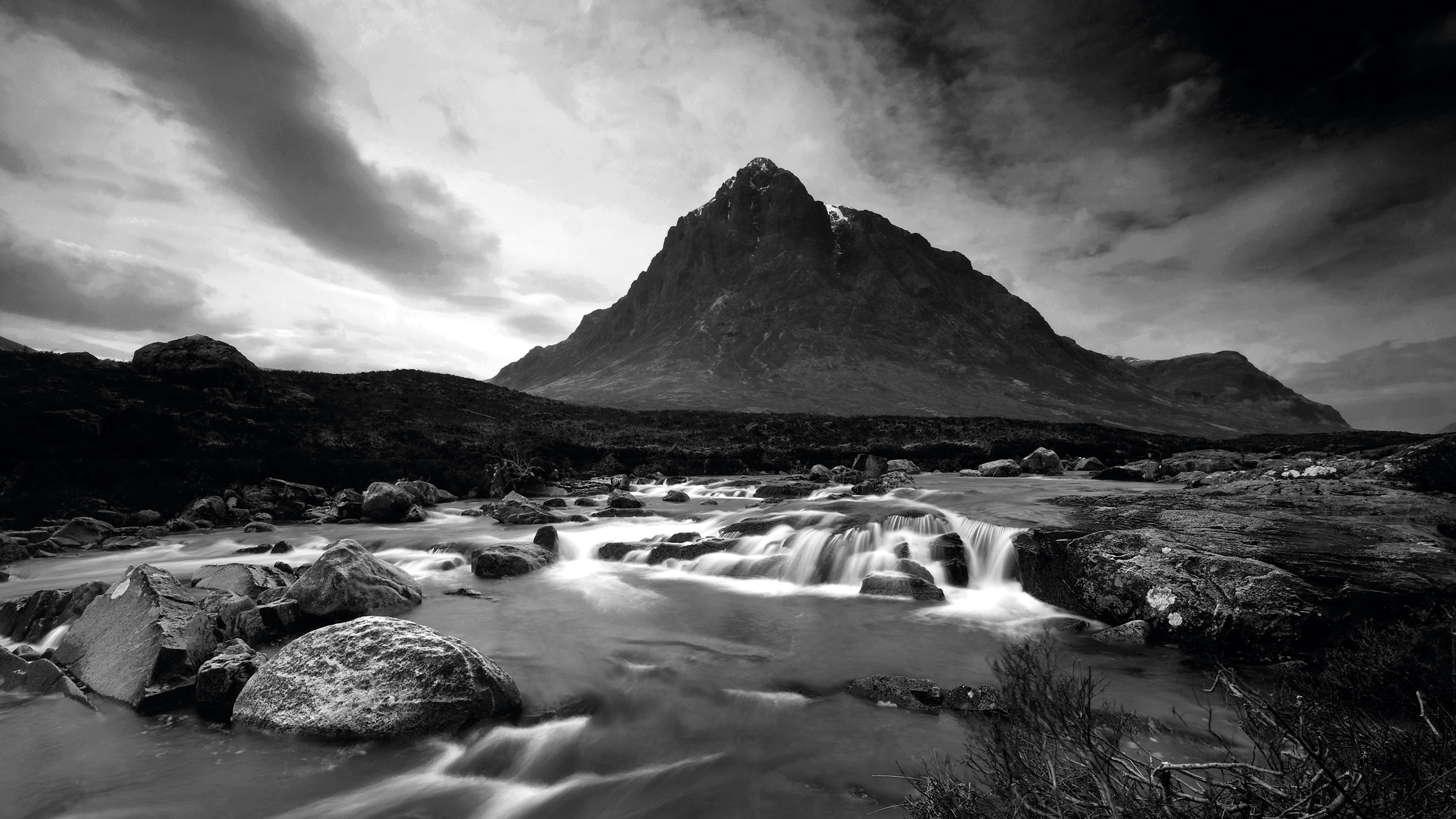
The title of this project says it all. Challenge yourself to shoot nothing but black and white photographs. Learning to see in black and white and spot subjects and scenes with the most potential is half the battle when it comes to shooting in mono, and committing a month to it can help to develop your eye. Shoot in raw, but change the Picture Style setting on your camera to Monochrome. This will give you a black and white preview on the rear screen, while still recording a full-colour raw file that you can convert later to mono later in software.

Four seasons
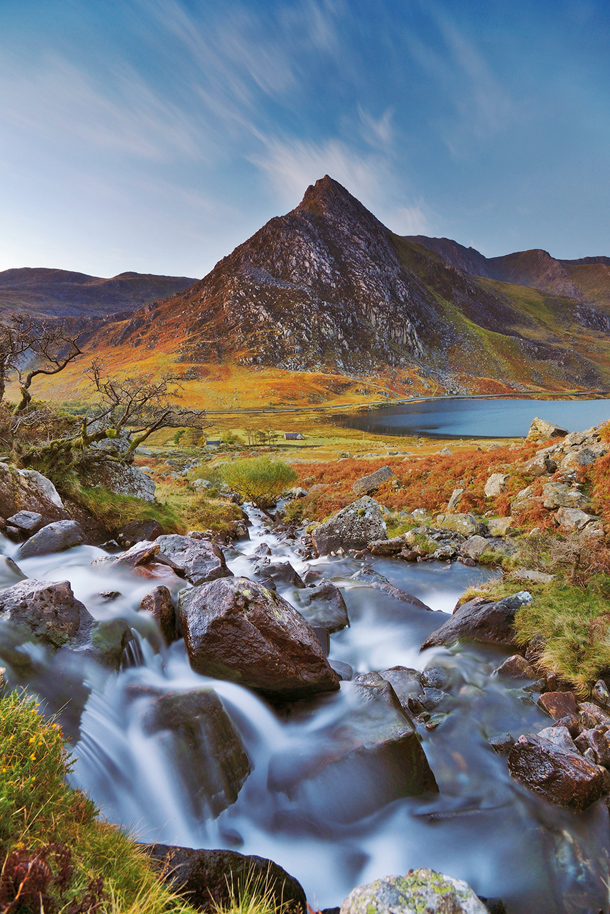
Rather than being a photography project where you shoot something every day, this one sees you photographing one subject every three months in order to reveal the changing seasons. Naturally you'll need to spend some time finding the right subject: lone trees work well, although you'll need to anticipate how the scene will look when the foliage is in full growth or when there's none at all.

Geocaching challenge
Load a geocaching app onto your smartphone and then head out with a view to taking artistic pictures of every geocache location you end up in. Don't shoot the geocache hiding place itself - you don't want to ruin it for other people - but just the general area.

Build a texture library
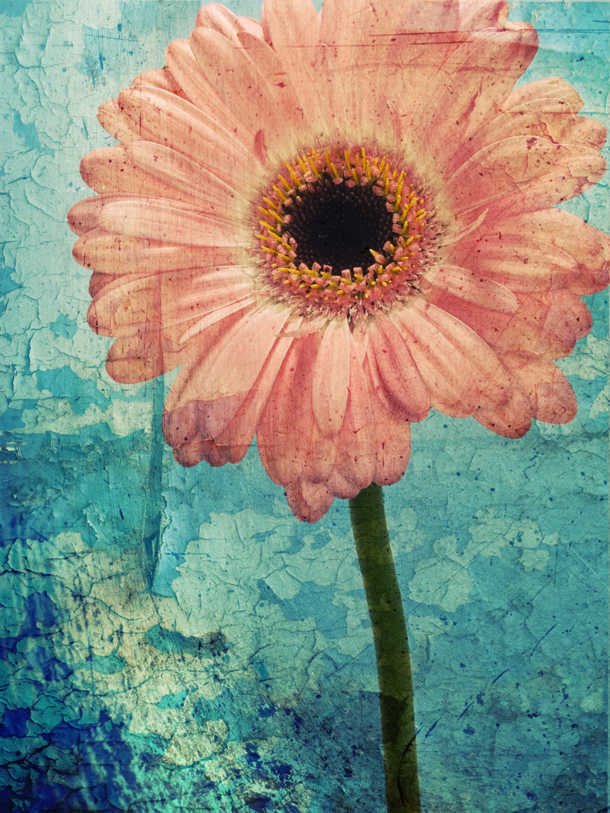
Adding a texture is a great way to give your photos a distressed look for painterly results. While it's possible to add the effect in-camera using a compatible DSLR's multiple exposure mode, it's easier to use Layers and Photoshop blend modes to add a texture shot to another photograph. While you can easily find free textures online, there's nothing more satisfying than using your own. Wood, old paper and peeling paint all make great textures to add to shots.

Pinhole photography

It might seem a waste to use your expensive DSLR to ape an ancient imaging technique, but pinhole photography can be a remarkably striking way to experiment. At its most basic, the concept requires a sealed box with a tiny hole through which light enters, creating a flipped image on the opposite surface. All you need to replicate the analogue technique is a spare body cap: pierce the smallest hole you can using a needle or drill bit, then get shooting. The tiny aperture means you’ll need to use much longer exposures than usual and any dust on your sensor will be more evident, but the resulting shots should be gloriously soft and entertainingly unpredictable.

Self-publish a photo book
Take one of the other photo projects you've been working on over the year and use the results to make a photography book. Consider ways in which you can link your pictures, such as through an obvious narrative, colour themes, juxtaposition or more abstract and unexpected ways.

Formerly News Editor at Stuff, Chris now writes about tech from his tropical office. Sidetracked by sustainable stuff, he’s also keen on cameras, classic cars and any gear that gets better with age.
